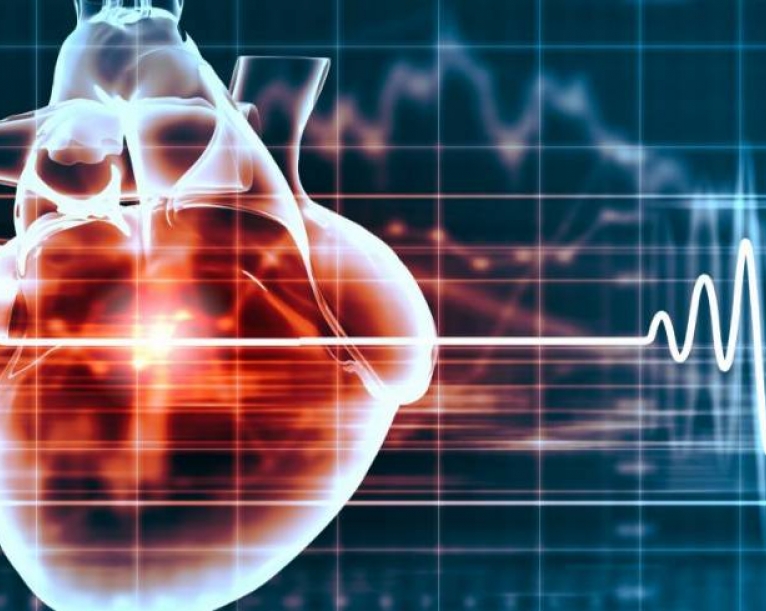
Heart failure has a significant impact on the quality of life of sufferers. It is a disabling, progressive and eventually terminal condition. Patients diagnosed with severe heart failure have significantly reduced chances of survival at five years which is worse than many forms of cancer.
Treatment of heart failure includes medical therapy, invasive interventions such as pacemakers, Implantable Cardiac Defibrillators (ICDs), revascularization with angioplasty or CABG and valve replacement and repair. Unfortunately, in some patients, conventional therapies are not enough to maintain a cardiac function compatible with an acceptable quality of life and long term survival.
Historically heart transplantation has been the standard long-term surgical treatment for patient with advanced heart failure that no longer respond to conventional therapies. However, there is very limited organ availability, waiting times can be long and not all patients are eligible. There is thus a need for alternative therapies.
A ventricular assist device (VAD) is an implantable mechanical pump that helps pump blood from the ventricles to the rest of the body. A VAD consists of:
- A pump that is attached to the left and/or the right ventricle
- An external controller, which is a small computer that monitors the pump
- A driveline cable, which connects the pump to the controller
- Power sources that run the pump and controller
VADs are increasingly being used as a long-term treatment for people who have heart failure but aren't good candidates for a heart transplant. Generally, if patients are older than age 65, they may not be eligible for heart transplantation. In that situation the VAD would be implanted as therapy for heart failure and to enhance quality of life. When a VAD is implanted as a permanent treatment for heart failure, it's referred to as "destination therapy."
The success of an LVAD implantation procedure depends on more than just technique. Judicious preoperative evaluation and preparation must be combined with vigilant postoperative management, accomplished only through the efforts of an active and engaged multidisciplinary team.
The procedure to implant a VAD generally takes four to six hours. The procedure is undertaken under a general anaesthetic. The heart may or may not be stopped during the surgery. If the heart is arrested, the patient will be connected to a heart-lung bypass machine.
Fig 1: Ideal position for implantation of the LVAD is at the apex of the left ventricle

Fig. 2: A core of the apex of the left ventricle is then excised and the device is attached to the sewing ring and screwed in to position.

Although widely available in many countries, the implantation of a VAD as destination therapy is not commissioned in the UK, as the procedure is not thought to be cost effective. However, St Bartholomew’s Hospital in London, through a grant from the Barts Charity, have now developed a programme of VAD as destination therapy for non-transplant candidates, and undertaken their first cases. It is hoped that the success of their programme will allow this treatment to be offered to more patients in the UK and ultimately lead to commissioning by NHS England.



